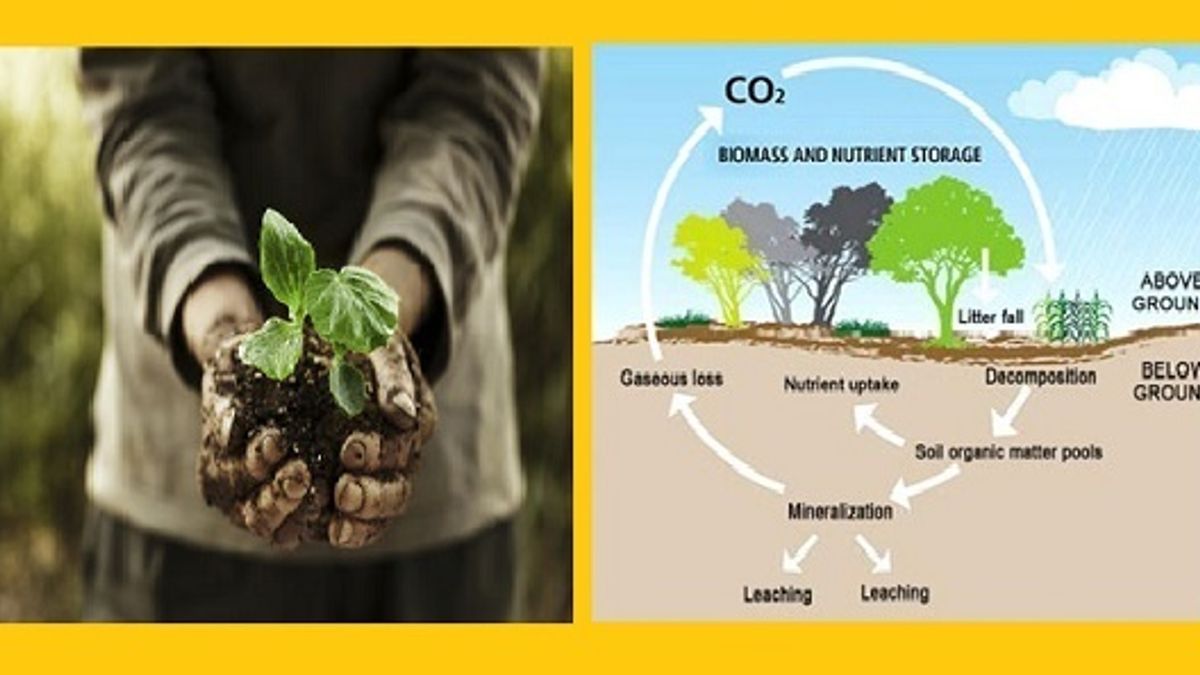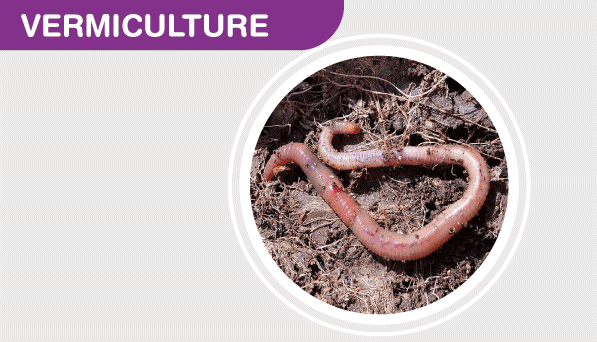In an era marked by the dire consequences of climate change, there is an urgent need to explore every avenue to combat rising carbon dioxide (CO2) levels in our atmosphere. While industries and governments are exploring various strategies to reduce emissions, one sector that deserves more attention for its potential to sequester carbon is agriculture. In this blog post, we will delve into the role of agriculture in carbon sequestration and how farming practices can become part of the solution to mitigate climate change.
Understanding Carbon Sequestration
Carbon sequestration is the process of capturing and storing atmospheric carbon dioxide to prevent it from entering the atmosphere and contributing to the greenhouse effect. It is a critical strategy in the fight against climate change because it helps reduce the concentration of CO2 in the atmosphere, thereby slowing down global warming. While forests and oceans are well-known natural carbon sinks, agriculture can also play a significant role in this process.
The Carbon Cycle in Agriculture
To comprehend how agriculture can sequester carbon, it’s essential to understand the carbon cycle within farming systems. Here’s a simplified breakdown:
Photosynthesis: Plants, including crops, absorb CO2 from the atmosphere during photosynthesis. This carbon is then converted into organic matter, primarily in the form of plant biomass.
Carbon-Rich Soil: When plant residues, such as leaves and roots, decompose, they release carbon into the soil. Additionally, certain farming practices, like cover cropping and reduced tillage, can increase the organic carbon content of soil.
Microbial Activity: Soil is teeming with microorganisms that break down organic matter. This process, known as decomposition, releases some CO2 back into the atmosphere. However, a significant portion of the carbon remains stored in the soil as stable organic matter.
Carbon Storage: Over time, carbon can be stored in the soil for extended periods, creating a carbon sink. This is where agriculture’s potential for carbon sequestration lies.
Sustainable Farming Practices
The amount of carbon sequestered in agricultural systems depends on farming practices. Traditional, intensive agriculture often involves practices that release more carbon into the atmosphere than it sequesters. However, adopting sustainable farming practices can reverse this trend and turn agriculture into a carbon sink. Here are some key practices:
No-Till Farming: Traditional plowing releases carbon stored in soil. No-till farming minimizes soil disturbance, preserving carbon-rich soil.
Cover Cropping: Planting cover crops during fallow periods helps maintain living roots in the soil year-round, promoting carbon sequestration.
Crop Rotation: Diverse crop rotations enhance soil health and increase carbon storage.
Agroforestry: Integrating trees into farming systems not only sequesters carbon but also provides multiple benefits, such as shade and windbreaks.
Reduced Chemical Inputs: Limiting synthetic fertilizer and pesticide use can prevent soil degradation and enhance carbon storage.
The Role of Livestock
Livestock farming is a significant part of agriculture, and it has the potential to both emit and sequester carbon. While livestock are responsible for methane emissions, which is a potent greenhouse gas, they can also contribute to carbon sequestration through proper management.
Rotational Grazing: Grazing animals in a managed rotation can mimic natural grazing patterns and promote carbon sequestration in grasslands.
Manure Management: Proper handling and utilization of livestock manure can prevent methane emissions and enhance soil fertility, indirectly contributing to carbon sequestration.
Challenges and Barriers
Despite the potential benefits of carbon sequestration in agriculture, there are several challenges and barriers to widespread adoption of sustainable practices. These include:
Economic Pressures: Farmers often face economic pressures that discourage them from investing in sustainable practices, which may have longer-term benefits but require upfront costs.
Lack of Knowledge: Many farmers may not be aware of the potential of carbon sequestration in their fields or may lack access to information on sustainable practices.
Policy Support: Government policies and incentives can play a crucial role in promoting sustainable agriculture and carbon sequestration.
Market Demand: Consumer demand for sustainably produced food can incentivize farmers to adopt carbon-sequestering practices.
Conclusion
Agriculture’s role in carbon sequestration should not be underestimated. By implementing sustainable farming practices and managing land more effectively, farmers can turn their fields into carbon sinks. As we collectively strive to combat climate change, it is imperative that we recognize the significance of agriculture in this battle. Supporting and incentivizing sustainable farming practices can not only enhance food security but also contribute significantly to reducing greenhouse gas emissions and mitigating the impacts of climate change. Agriculture can be part of the solution, and it’s time we acknowledge and harness its potential for a more sustainable future.





